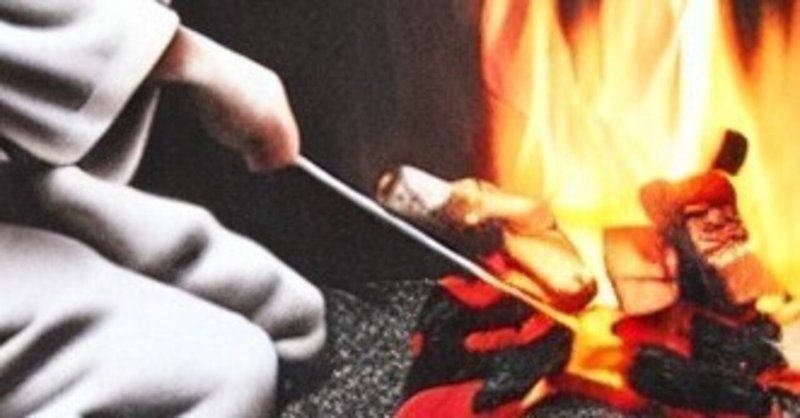
夏下冬上
さて、なんと読むでしょう?
夏下冬上=かかとうじょう と読むそうです。
それくらい知ってますよ、と言われそうですが、私は「げか??」と、すんなり読めませんでした :D
どういう意味かというと、炭火をおこす時「夏は火種を炭の下に入れ、冬は炭の上に置くのがよい」と、グーグル先生は教えてくれますが、
茶道においては(裏千家です)、種火の火がついている方を、夏は下に向け、冬は上にむけるとよい、ということらしいのです。
が、私の狭い交友関係に限っての話ですが、多くの先生方は、実際のところ「夏でも冬でも上のほうが炭はつく」と見解しているように思います。
実際に炭を起こすときはどうするのかは、その人によるかと思いますが、お茶は日本語のお勉強になるな〜と感じた今日このごろです。
夏下冬上 Summer down, winter up.
Now, how do you read that? I heard that it is read as "Kaka Tojo" (夏下冬上). You may say it's easy, but I couldn't read it easily :D
According to Google-sensei, it means that when making a charcoal fire, "in summer it's better to put the spark down the charcoal and in winter it's better to put it on top of the charcoal."
In the tea ceremony (Urasenke), however, it seems to mean that it is better to turn the side where the seed fire is lit downwards in summer and upwards in winter. Within my narrow circle of friends, many teachers seem to be of the opinion that, in reality, charcoal burns better upward regardless of the season.
It may not be a significant issue whether the spark is placed up or down when making charcoal, but I believe that learning the tea ceremony can be a wonderful way to appreciate the beauty of the Japanese language.
Image is made by AI.
この記事が気に入ったらサポートをしてみませんか?
